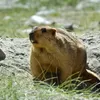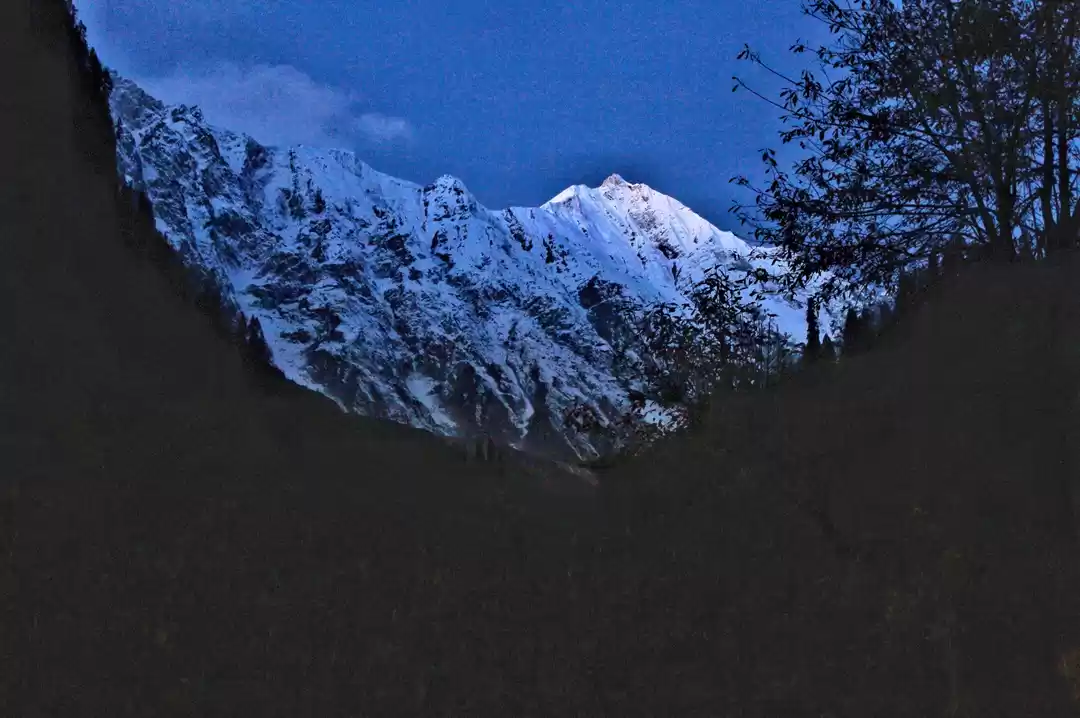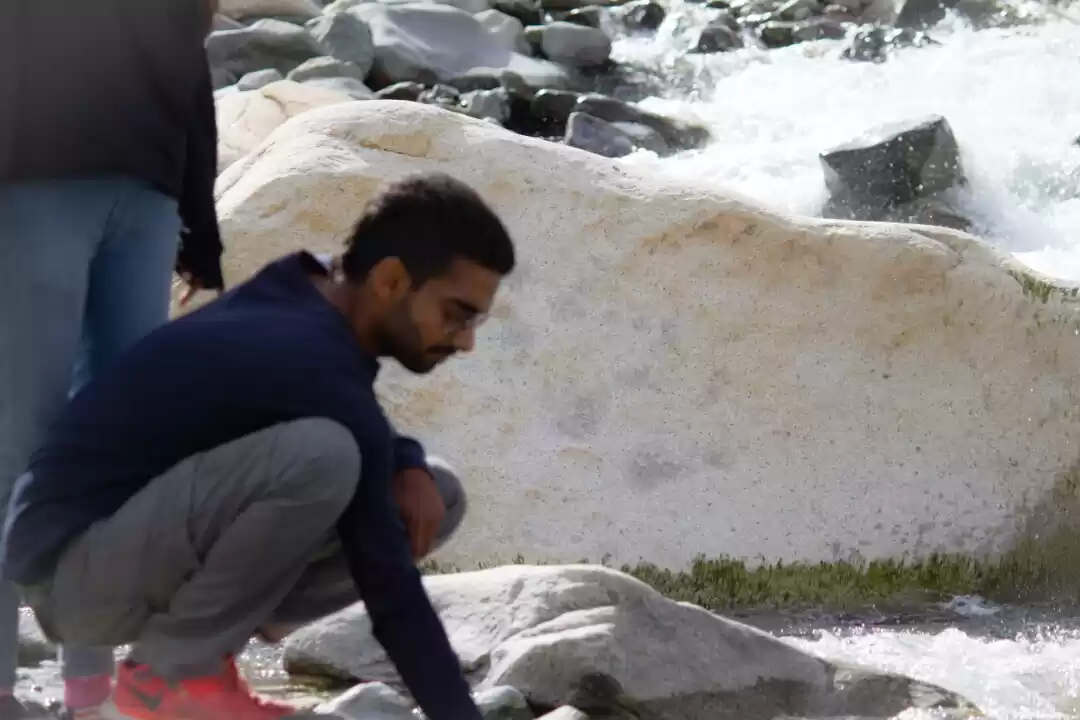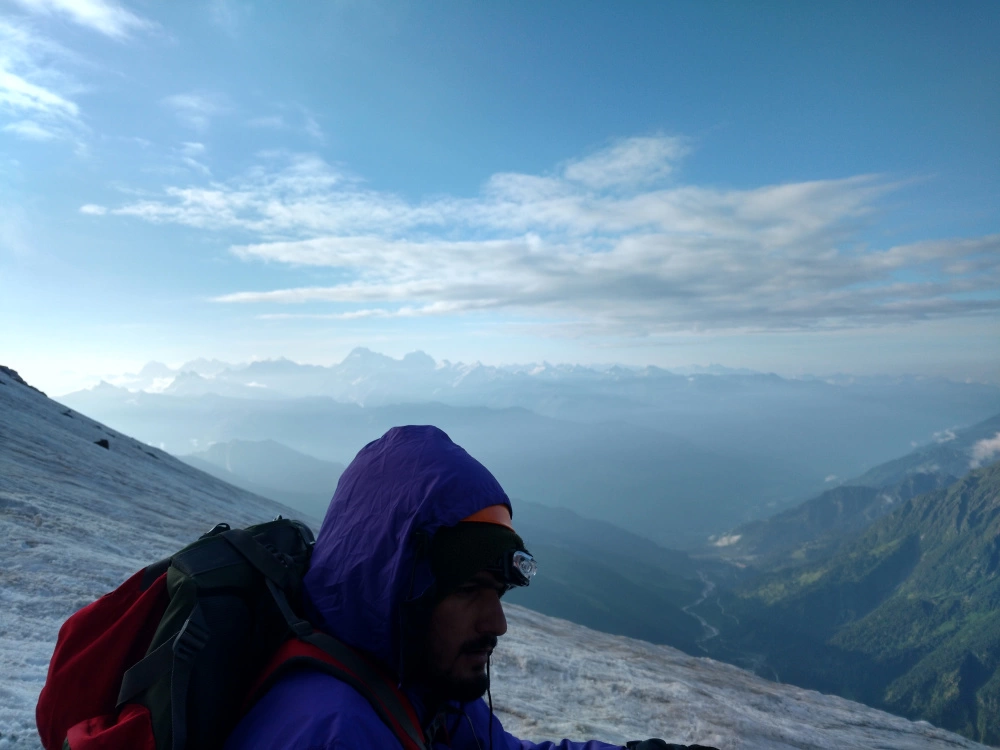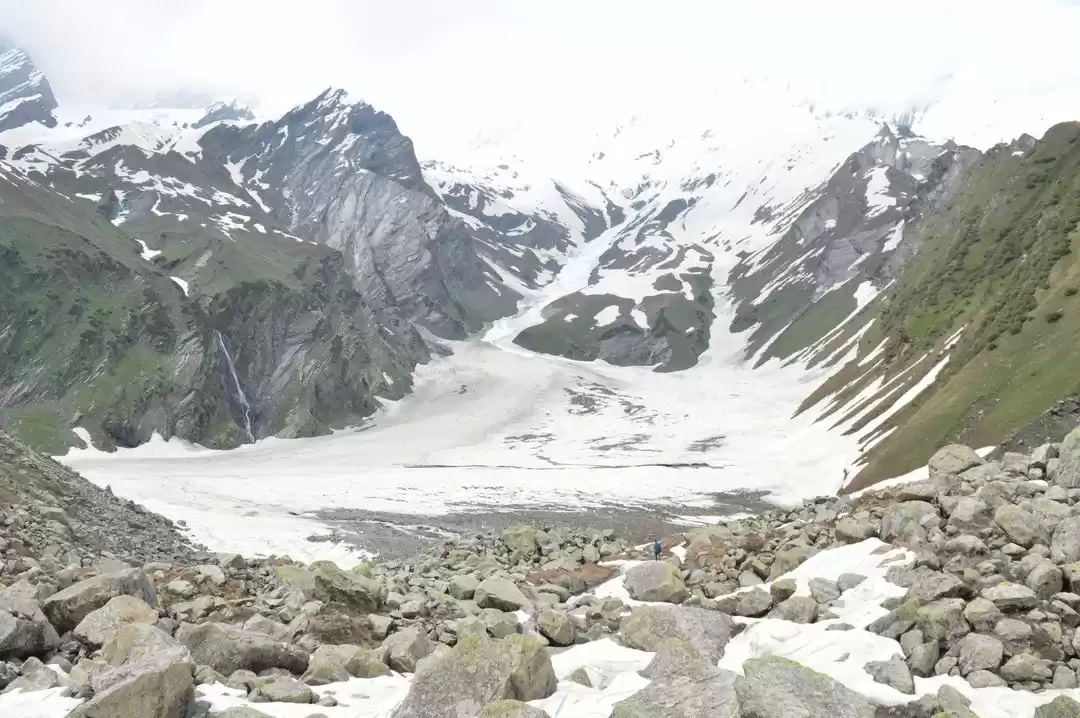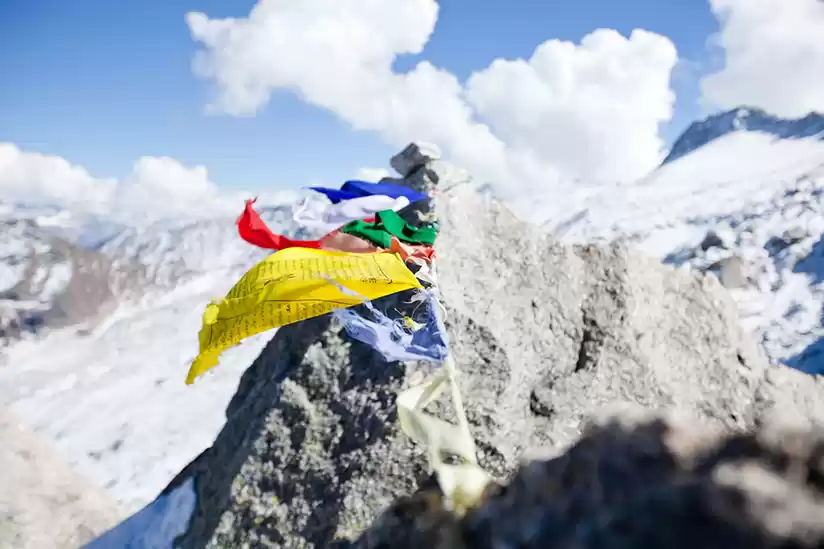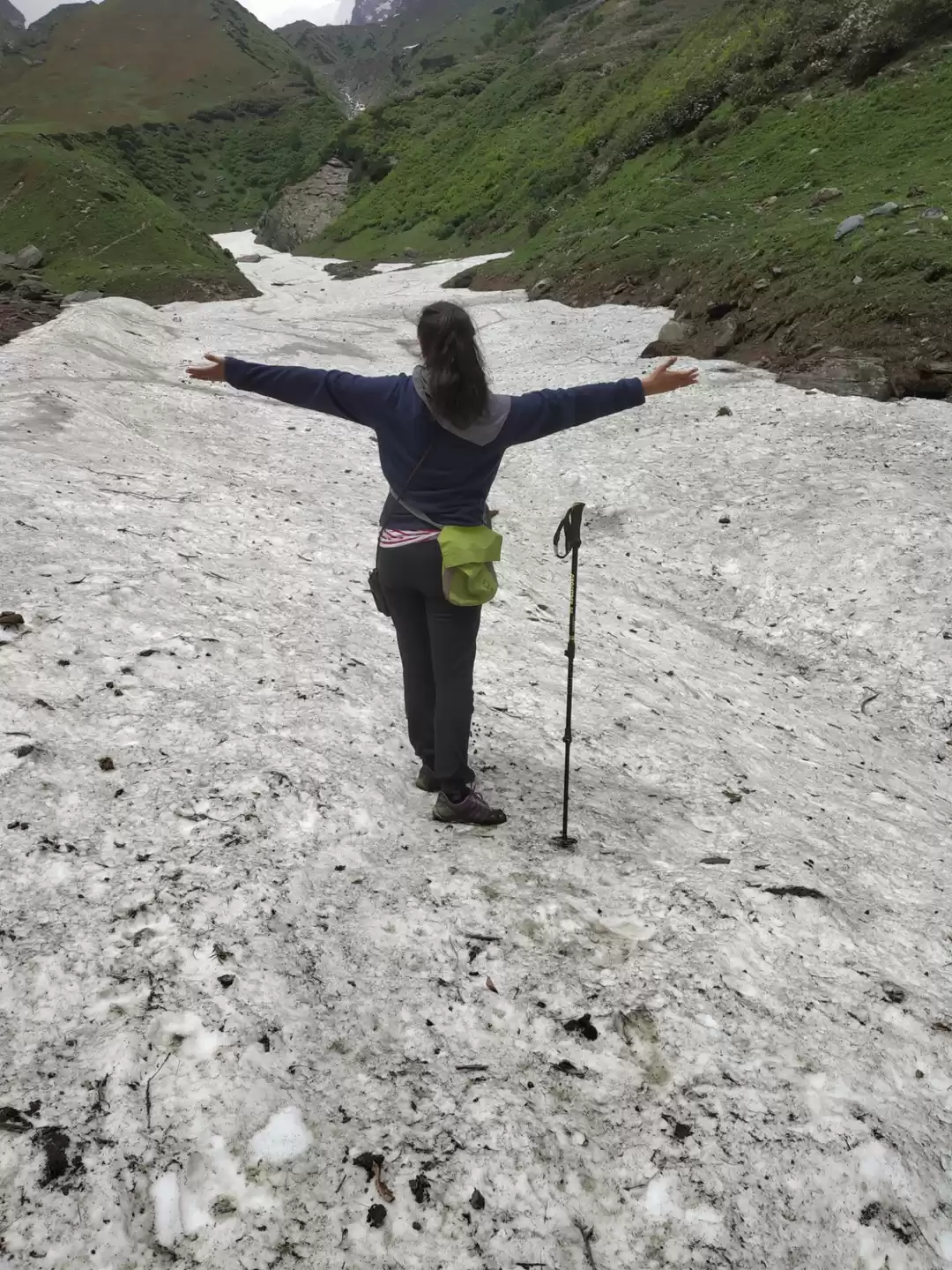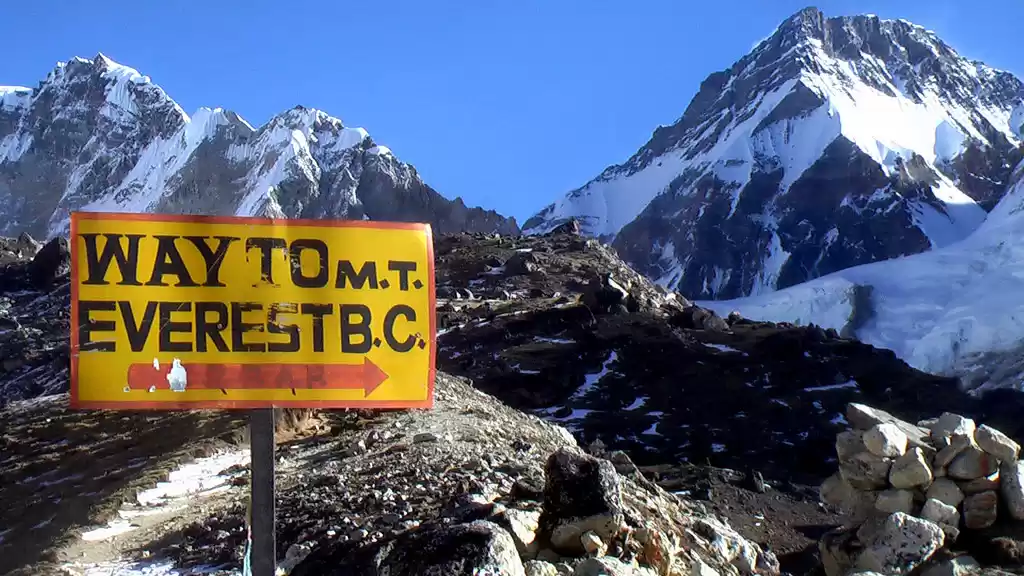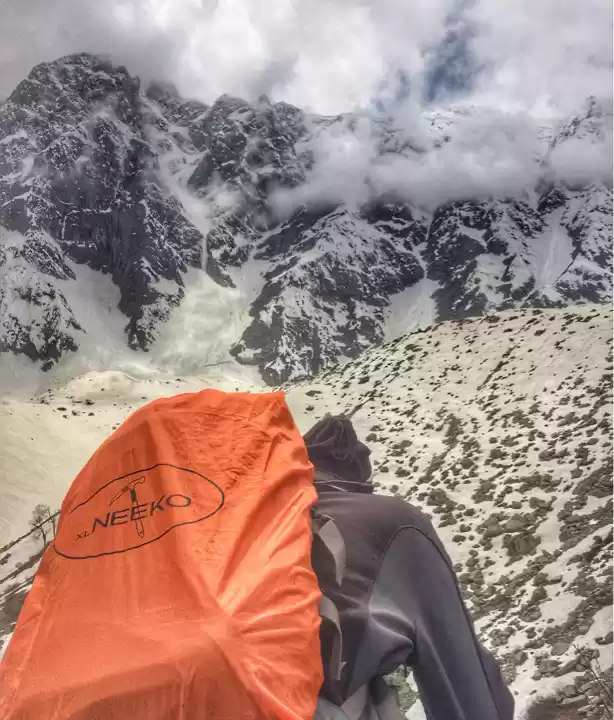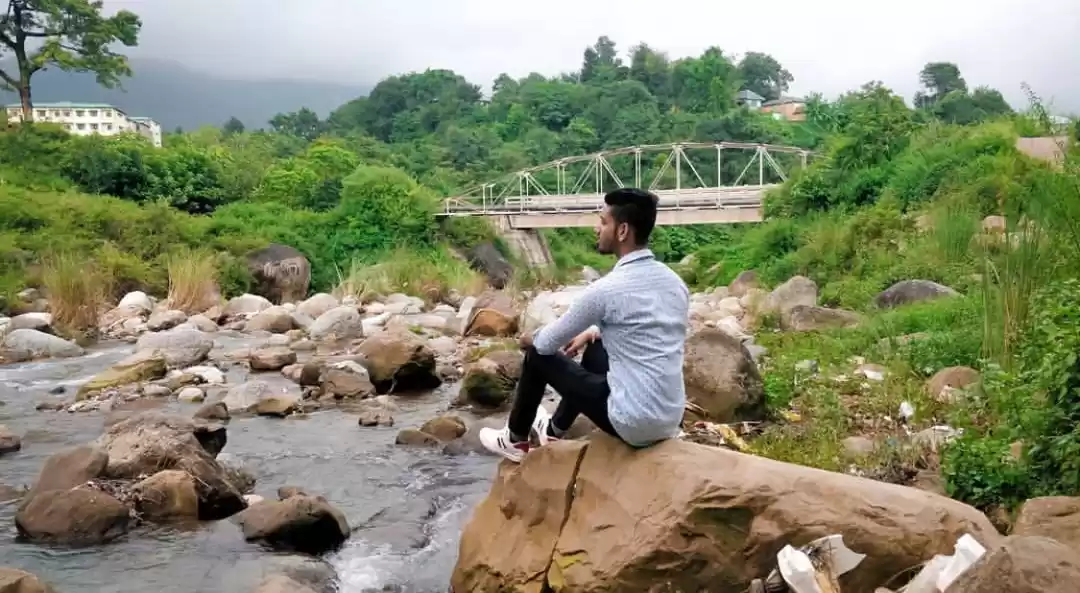
The Himalayas are so full of adventure and surprises. The great Himalayas have been a perfect place for trekkers and mountaineers who need a recluse from the concrete jungle and the city life. Trekking in Himalayas give us trekkers such a high that no other activities can possibly provide. And every time we get to know about another trek route that we can explore or another peak that we can conquer; it just transports our wanderlust souls there.
Friendship Peak is a spectacular mountain standing at an altitude of 5289 m in the Pir Panjal range in the Kullu District of Himachal Pradesh. Situated near the Beas Kund, the trek offers a panoramic view of the snowy peaks of Dhauladhar and Pir Panjal range. The summit faces several other peaks like Hanuman Tibba, Shitidhar, Indra Asan and Deo Tibba and you can get a sweeping and spectacular views of the mountain ranges from there. The trek goes through the beautiful Solang Valley amidst the alpine meadows and the pine and oak forests that the place is so known for. Trekking to the Friendship peak does not require any prior experience or training in mountaineering. But the climb to the summit is quite steep and requires the use of crampons and ropes at some points. So a good fitness level is required for doing the trek.

Detailed Itinerary
Day 2: Manali – Dhundi (drive) – Bakarthach (21 km drive and 5 km trek)
Start as early as possible from Manali and drive to Dhundi via Solang Valley. The base camp is at Bakarthach which is a fairly easy inclined trail from Dhundi. The trail goes beside the Beas River and soon you will cross a wooden bridge over the river with no railings. As you near the basecamp at Bakarthach, you will cross a few numbers of streams of the tributaries of the main river. This would be the camping site for the first day.

Day 3: Bakarthach – Friendship Base Camp 1 Lady Leg (4 km trek)
The route for the day is extremely beautiful with moraine, rivers , green meadows all thrown in and finally the gorgeous views of the Beas Kund. The initial trail is through moraines and that can be a little taxing to the knees. Crossing the Beas streams near the Beas Kund will be a beautiful experience for the trekkers. After moving at a steady pace for about 1.5 hours, you will reach the highest point of the day – a small gully through which you cross sides on the eastern side of the Beas Kund. Top view of Beas Kund along with the Hanuman Tibba peak in the background is simply majestic. Once you cross this small gully, move a little downhill to our campsite at Lady Leg. After reaching the campsite, you can go for a short acclimitazation walk.

Day 4: Base Camp – Advance Base Camp at Lady Leg (3840 m)
Start as early as 6 AM and reach the Advance Base Camp within 11:30 AM. Set up the camps here and then do some training for the climb. Go to the nearby snow line to practice use of Crampon, roping up, use of ice axe and using technical mountaineering equipments. This will help you in the next day’s expedition.
Day 5: Acclimatization
This day is reserved for acclimatization and practice of the snow craft that you learnt the day before. Hike towards the Summit Camp in the afternoon. You can set your tents at the Summit Camp. The Summit camp can be set higher if the snow is less. The idea is to move as closer to the summit so as to cut the time of attempt to the summit.

Day 6: Summit Attempt – Back to Base Camp
This day, you have to start at around 2 AM. Gear yourself in snowboots, garters, harness, helmet and headlamps. From the summit camp, the route is mostly clear, but the gradient is steep. The climb to the shoulder of the peak will take about 4 – 5 hours and it will be morning when you reach there. From here, the trail to the summit is almost vertical. Rope will be needed for manoeuvring this part of the trail. After a climb of another 2 to 3 hours, you will reach the Solo Summit at 5000m. Another hour of trek will take you to the summit. You should reach the summit by 10 AM. Once you are at the summit, celebrate the moment, but be careful, as the summit is not too wide.



Climbing down will require fixed ropes. Reach the Summit camp and then further trek down to the Advance Base Camp. If you have energy enough then you can also trek down to Base Camp 1 on the same day.
Day 7: Advance Base Camp – Bakarthach
Trek downhill from the basecamp to reach Bakarthach and camp for the day.
Day 8: Bakarthach – Dhundi – Manali
Trace back from Bakarthach to Dhundi and then finally drive back to Manali.

How to Reach Manali:
Manali is the base location for the Friendship Peak Expedition. The nearest Airport to Manali is Kullu Airport which is well connected via flights from Delhi. The distance between Kullu and Manali is around 1 hour.
Manali is also well connected by road. You will get Volvo buses to Manali from ISBT Kashmere Gate in Delhi. The journey will take around 12 -14 hours.
Some Facts :
Trek Type: Difficult
Best Season: June or September – October
Experience Required: A basic mountaineering course is recommended though not mandatory in case of highly experienced & skilled trekkers. You should have done at least 2-3 challenging treks along with 20 – 25 total trekking days in the Himalayas.
It is better to keep an extra day in your itinerary for any exigencies.

